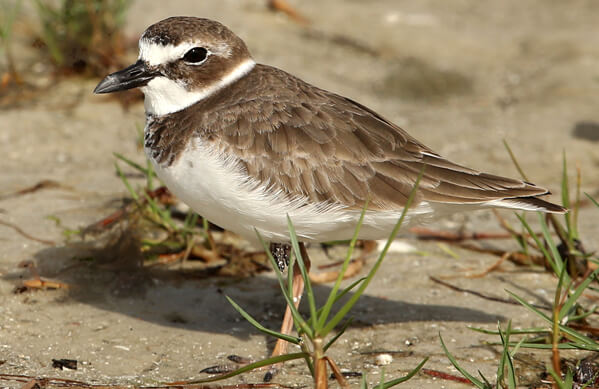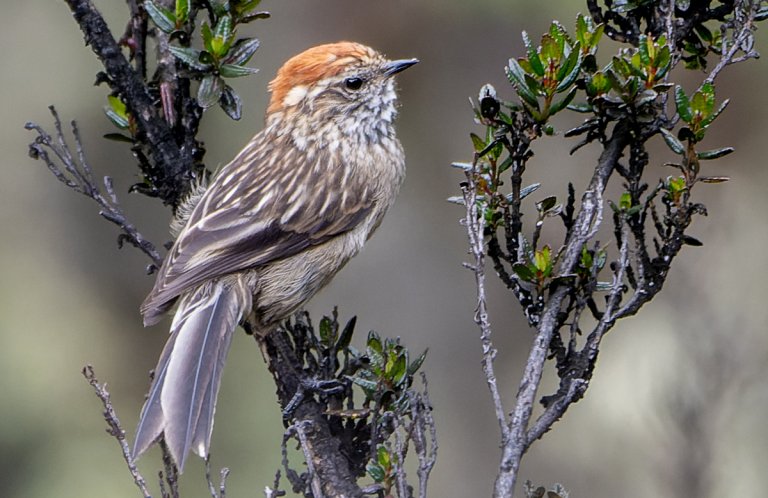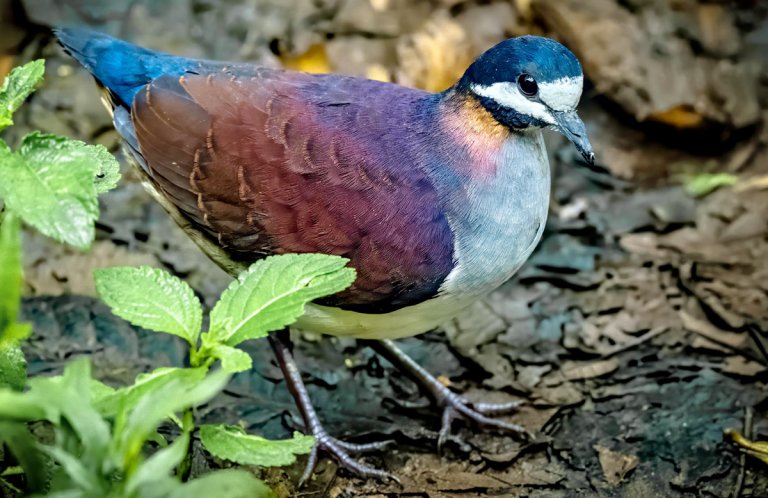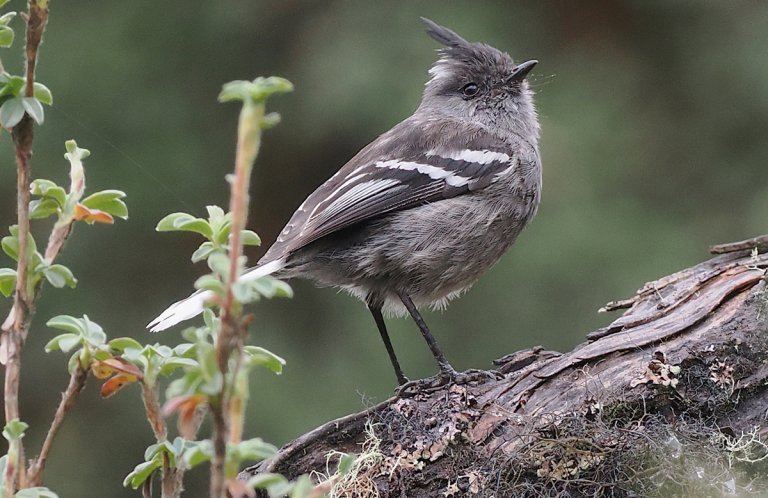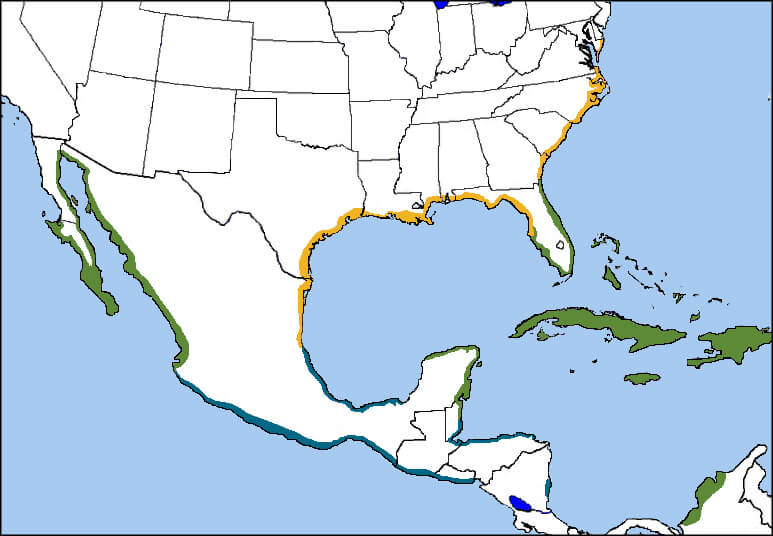 The Wilson's Plover is named for ornithologist Alexander Wilson, who collected the first specimen in 1813 at Cape May, NJ. This was a rare occurrence: The species' range is contracting at the northern limits, and research shows that on the Atlantic Coast, it no longer nests north of Virginia.
The Wilson's Plover is named for ornithologist Alexander Wilson, who collected the first specimen in 1813 at Cape May, NJ. This was a rare occurrence: The species' range is contracting at the northern limits, and research shows that on the Atlantic Coast, it no longer nests north of Virginia.
Like the Snowy and Piping Plovers, Wilson's Plover is threatened by habitat loss. Beachfront development and human activity on its breeding, migration, and wintering grounds have to a decreasing population. Along with other beach-nesting birds such as Black Skimmer and Least Tern, it's vulnerable to global climate change and associated sea-level rise.
Wilson's Plover is a short-distance migrant, with only the northernmost breeders (and those on parts of Gulf Coast) moving south in the winter.
The Former Thick-billed Plover
Once known as the Thick-billed Plover, the sturdy Wilson's Plover uses its strong bill to take larger prey than other plovers. The birds forage along the shore and higher on the sands for crustaceans, especially fiddler crabs, worms, and other invertebrates.
These birds prefer to nest and feed in the drier, sparsely vegetated areas above the wet sand and mud flats of intertidal zones. They nest and roost on the ground in small groups, sometimes alongside smaller plover species, and defend territory with ground and aerial chases.
Often, groups of birds will defend a territory by mobbing together to drive out a predator or other threat. They have been described by some as “loosely colonial.”
During courtship, the male makes several nest scrapes, and the female chooses one. Their precocial chicks—born covered with downy feathers—can walk and feed themselves shortly after hatching. They remain with their parents after hatching, and parents defend the areas around the chicks against other Wilson's Plovers.
Sign up for ABC's eNews to learn how you can help protect birds
With long legs, Wilson's Plover is a strong runner and often seems to prefer running to flying. Its hunting behavior is distinctive, taking long strides and a slinking crouch as the bird approaches its quarry.
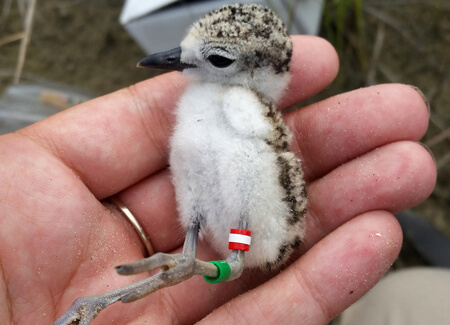
Wilson's Plover chick wearing bands, applied as part of our work to monitor and conserve the species. Photo by Kacy Ray
How We're Helping Wilson's Plover
The North American population of Wilson's Plover is included on the 2014 State of the Birds Watch List. The species has been recommended for federal listing under the Endangered Species Act due to its low and declining U.S. population, limited and contracting species range, rapid loss of habitat, and human disturbance at all stages of its life cycle.
ABC's Beach-nesting Bird Program is working with partners along the Gulf Coast of the U.S. to bring back populations of Wilson's Plover and other vulnerable beach-nesting birds there, including Snowy Plover, Least Tern, and Black Skimmer.
We have partnered with Coastal Bend Bays and Estuaries Program in Texas to place geolocators on Wilson's Plovers that stage on the central Texas coast before migrating further south. Current studies are using geolocator technology to determine where plovers from Texas go in winter; preliminary results show an individual wintering in the Yucatán Peninsula.
The data collected will complement our ongoing work on the species' nesting ecology and adult survival. Once we better understand the plovers' migration path and key wintering sites, we will be able to work with Latin American partners to better conserve this declining shorebird.
We're also working to benefit these birds on wintering grounds: In Mexico, ABC has helped partner Pronatura Noreste restore 60 acres of mangroves in Laguna Madre to support habitat conservation for Wilson's Plover, Reddish Egret, Snowy Plover, and other migrants.
Donate to support ABC's conservation mission!





































